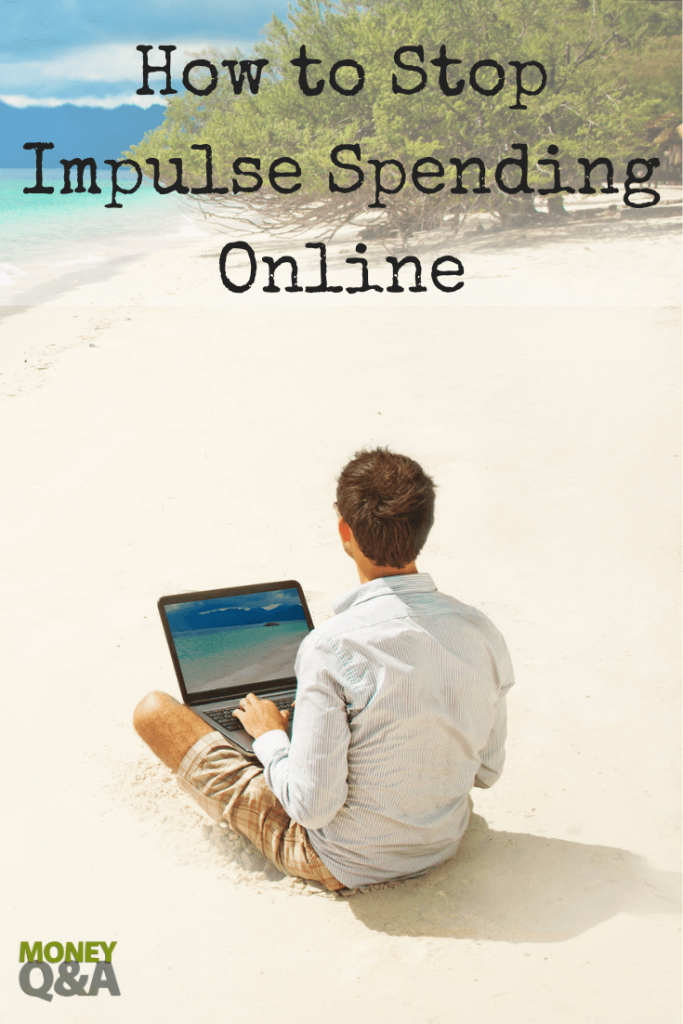
Many people struggle with impulse spending at some point in – or throughout – their lives. Still, there are different factors influencing the severity of the impulsiveness and financial consequences of a dopamine-fuelled shopping spree. For instance, a 2016 study from Princeton Survey Research Associates International found that people were more likely to buy in-store than online – possibly due to the immediate gratification factor, compared to waiting for an item to arrive in the mail – and the most common impulse purchases are under $25.
This may not sound like a problem, but little costs like unnecessary, impulsive purchases can really wreak havoc on your budget over time if you’re not careful. Furthermore, with millions of people stuck at home during various stages of the Coronavirus pandemic, impulsive shopping in a physical store has been less of a concern in 2020 compared to the irresistible temptation to browse online sales when there’s not much else to do.
How to Stop Impulse Spending Online
If you’re struggling to rein in your impulsive online spending habits, then it’s important first to identify why you’re impulsively shopping for stuff you don’t need in the first place. Are you bored and seeking to change how you and your life look and feel (which has a lot to do with dopamine and anticipation)? Are one of your electronic devices still fully functional, but they are older models that make you want to upgrade sooner rather than later? Do you get stressed or anxious or depressed trying to avoid dealing with negative feelings by mindlessly shopping online?
Once you understand why you’re impulse spending lately, then you can start to uncover which strategies are best for mitigating your out-of-control web shopping tendencies and impulse spending.
Stop Auto-Saving Payment Info
Your first step to conquering impulsive purchases should involve placing limits on yourself and developing new self-control strategies to curb unwanted impulse spending habits. Over the years, web browser extensions have made it incredibly easy for consumers to auto-save their credit or debit card information for future use so that the only information you need to make another purchase in the future is your CVV (card verification value).
Unfortunately, this convenience makes it far too easy to impulsively spend money while browsing online stores – whereas a cash-only budget and shopping at physical stores would be more effective for curbing excess impulse spending – so it’s important to keep all of your credit cards away from your computer and remove all saved payment information from your accounts. This includes web browsers, eCommerce websites, online retail, and any other site that tempt you to spend money online. By forcing yourself to go through the extra steps of finding your credit card and manually inputting all of the information again, you’ll be much less likely to make frivolous purchases.
Remove Temptations
What else pushes you to spend money on things you don’t need? Is it slick advertising with irresistible products/services highlighted in your social media feeds? Are you following brands or people on social media who sell things they tempt you to buy but don’t need right now?
Take just 10-15 minutes to brainstorm a list of things that tempt you to spend and get to work on dismantling those temptations. Unfollow the accounts of brands you’re consistently drawn to, install an ad blocker, and change your advertising preferences to prevent algorithms from creating hyper-personalized ad experiences that they specifically designed to get you to spend money because of your previous browsing habits).
Leave Items in Your Cart for 48-72 Hours
If you have some “fun money” to work with, but you’re not sure whether you really want to blow some/all of your hobby funds on a particular purchase, try leaving it in your shopping cart for at least 2-3 days, or 48-72 hours. Giving yourself time to really think about the decision will force your brain to calm down and rationally mull over the purchase, rather than getting into a frenzied, dopamine-driven state of anticipation that compels consumers to click the “complete order” button at checkout all the time.
In many instances, you may find yourself losing interest in the item(s) after a day or two; to go a step further, you could also write a list of pros and cons associated with purchasing that item (what’s the trade-off if you buy X and can no longer afford Y?).
Get the Freedom Browser Extension
Freedom.to is an incredibly useful productivity tool that helps Internet users develop self-control by blocking certain websites for custom durations of time. With this app, you can block the entire Internet, block certain lists of websites (or customize your own block list), create a custom safelist, or even just block a single website. You can block them for 5 minutes, 2 hours, or the entire day; there’s also a “locked mode” where you’re 99% unable to remove the block early (you have to contact their customer support representatives to remove the block, so it’s highly effective).
Freedom.to offers a 7-use free trial and charges $6.99/month, $29/year ($2.42/month), or $129.00 for lifetime access (they tend to offer special discounts on their “Forever” plans, so be on the lookout for reduced prices). If you find yourself constantly browsing Amazon or other shopping platforms online, Freedom.to would be an excellent tool for reducing your ability to access your favorite shopping sites at all.
Keep a “Spending Jar”
One of the most critical steps to overcoming a bad habit is consciously identifying when you’re engaging in that habit and snuff out your routine response before additional negative consequences arise. With impulsive online spending habits, this may involve rewarding yourself for not giving into your shopping impulses with something like a “spending jar” (put a dollar in every time you want to spend money online but stop yourself before making a purchase).
For example, if you feel tempted to browse for a new pair of shoes simply because you feel like new running shoes would be nice to have, then pause and think about it for at least five minutes: do you really need these shoes? Can you wait a while to buy them? Do you have funds available to spend on them right now? If most of your answers to these questions suggest, you don’t need the shoes, after all, retreat from the shoe sales page and leave the room to physically put a dollar in your “spending jar” (physically removing yourself from your computer – even if just for a few minutes – can also work wonders in breaking our brain’s obsession with making that next purchase).
Online shopping is financially dangerous in that the rewards (or anticipation of rewards) are often perceptually greater than the costs since it’s so much more convenient than shopping in a store with cash. By following the strategies above, technology and self-control mechanisms will be your most powerful allies in your battle against impulse spending.

